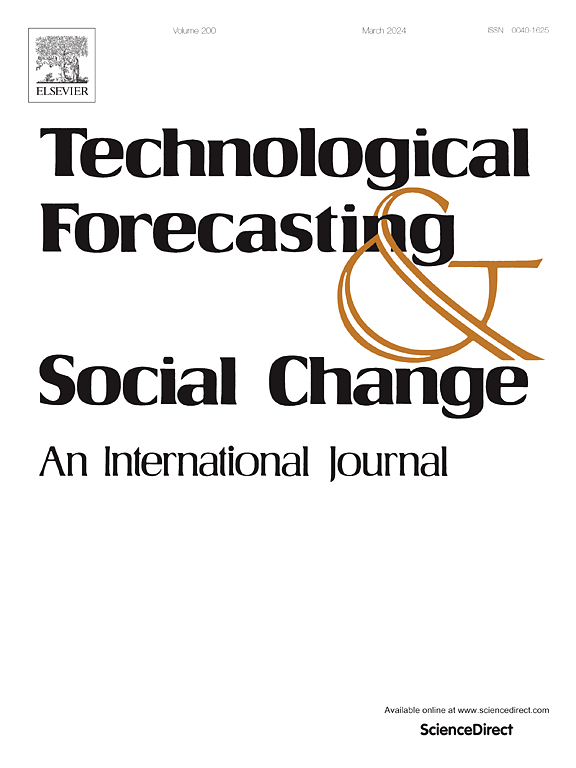Enhancing foresight models with network science: Measuring innovation feedbacks within the Chain-Linked Model
IF 12.9
1区 管理学
Q1 BUSINESS
Technological Forecasting and Social Change
Pub Date : 2025-02-06
DOI:10.1016/j.techfore.2025.124010
引用次数: 0
Abstract
A granular understanding of innovation dynamics is crucial for forecasting how and when different actors within the innovation system can make valuable contributions. Existing theoretical foundations of the foresight practice are largely qualitative and often oversimplify the innovation process. While foresight practitioners acknowledge the existence of knowledge feedback loops, these feedback loops are rarely quantified systematically in empirical forecasting studies. Innovators and funders tend to choose their dyadic relationships but rarely have visibility over the wider, dynamic innovation network. This study enriches innovation theories for the foresight practice by leveraging multilayer citation networks to explore innovation translation pathways, achieved by integrating data from market entries, clinical trials, patents, publications, funders, and grants over a 70-year period. Our analysis shows shifts in the order, prevalence, and tipping points of translation activities as technologies mature, with granularity not described in previous studies. We also examine the distinct funding patterns of major public and private entities throughout this maturation process, revealing their unique contributions and enriching sociotechnical explanations of innovation processes. This study improves the explainability of technology forecasting through innovation theories by reconstructing micro-technical innovation dynamics from first principles.
求助全文
约1分钟内获得全文
求助全文
来源期刊
CiteScore
21.30
自引率
10.80%
发文量
813
期刊介绍:
Technological Forecasting and Social Change is a prominent platform for individuals engaged in the methodology and application of technological forecasting and future studies as planning tools, exploring the interconnectedness of social, environmental, and technological factors.
In addition to serving as a key forum for these discussions, we offer numerous benefits for authors, including complimentary PDFs, a generous copyright policy, exclusive discounts on Elsevier publications, and more.

 求助内容:
求助内容: 应助结果提醒方式:
应助结果提醒方式:


